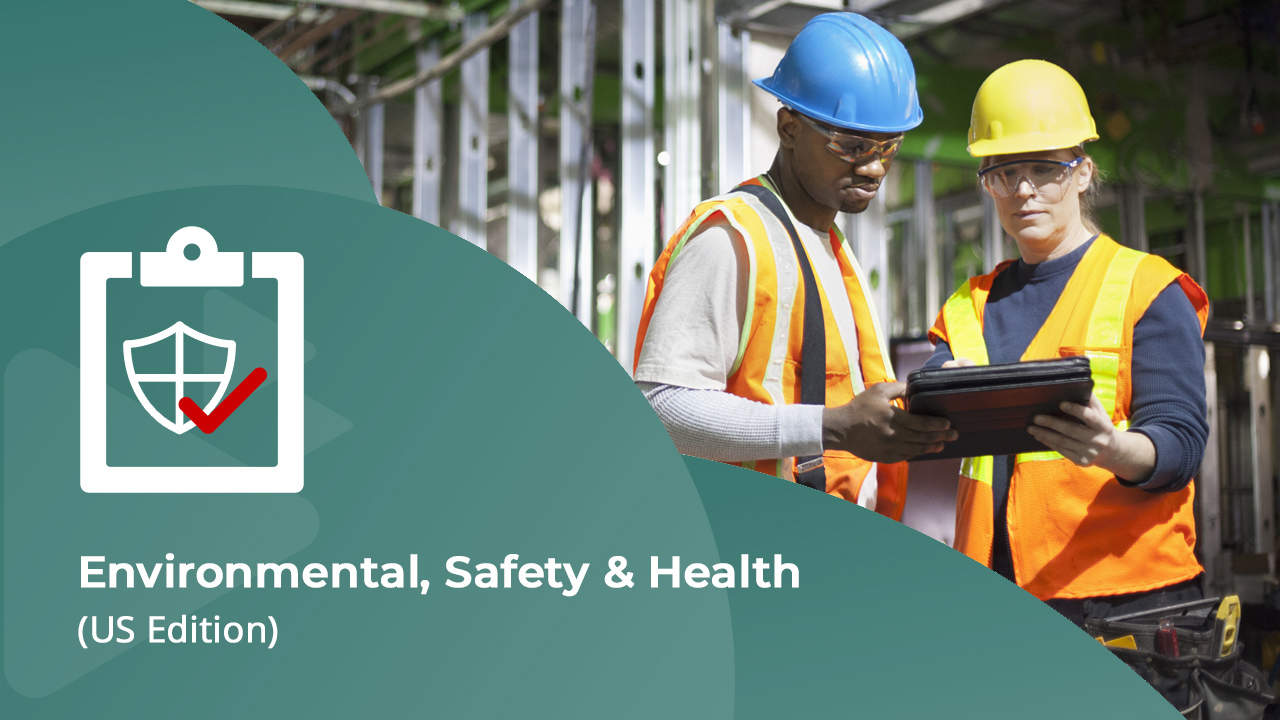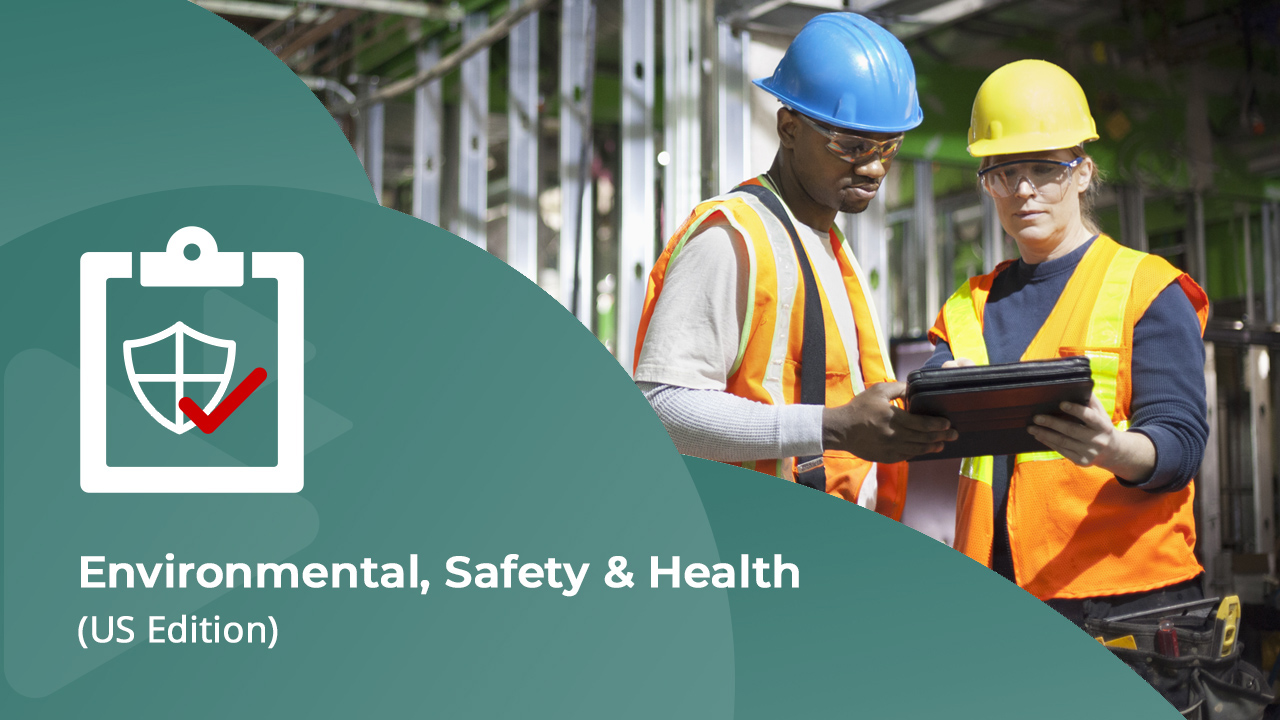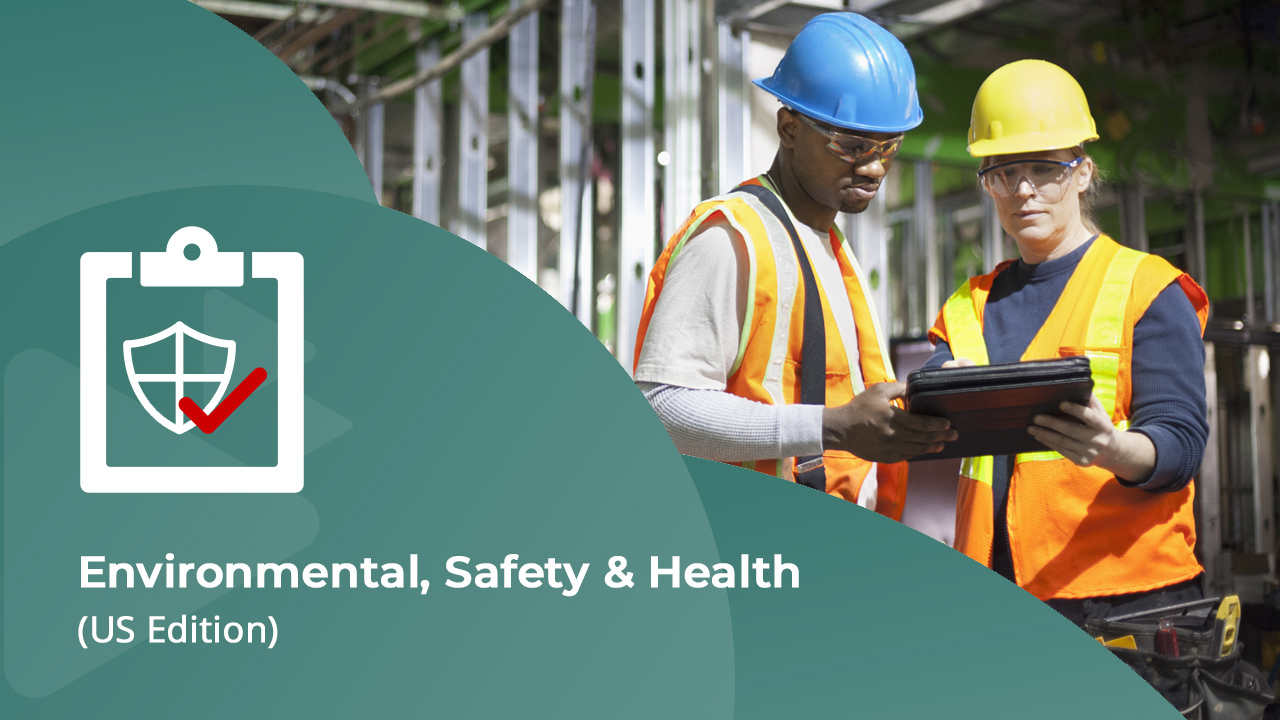Cryogenic Safety
- 9 topics | 46m 59s
- Up to 30 languages
- Transcripts
Cryogenic materials are commonly used in the workplace for a variety of purposes, such as refrigeration, medical applications, and rocket propulsion. Due to their extremely cold temperatures, cryogenic materials can be hazardous if handled and stored incorrectly. Cryogenic materials are stored in specially designed containers known as dewars and any employees handling cryogenic materials must wear personal protective equipment. If exposed to the extreme cold of cryogenic materials, they should receive treatment immediately to prevent permanent injury. In the event that an individual inhales cryogenic materials, they should seek immediate attention to prevent serious injury or death. This course explains how to recognize different types of cryogenic materials in the workplace and identify the potential dangers of storing and handling these materials incorrectly. It identifies recommended equipment and the standard operating procedures for handling and storing cryogenic materials safely. It also describes the most effective course of action if accidents involving cryogenic materials occur, including recommended methods for treating employees injured by cryogenic materials. The course was developed and reviewed with subject matter support provided by certified subject matter experts and industry professionals. Please note, the course materials and content were current with the laws and regulations at the time of the last expert review, however, they may not reflect the most current legal developments. Nothing herein, or in the course materials, shall be construed as professional advice as to any particular situation with respect to compliance with legal statutes or requirements.
WHAT YOU WILL LEARN
-
identify characteristics of cryogenic materials
-
recognize workplace situations in which cryogenic materials are used
-
identify the dangers presented by cryogenic materials in the workplace
-
identify cryogenic materials and the workplace situations in which they're used, as well as any potential dangers
-
identify the training and information requirements for employees working with hazardous chemicals
-
identify the appropriate personal protective equipment to wear to protect different parts of the body from exposure to cryogenic materials
-
identify the design features dewars require to safely store cryogenic materials
-
recognize important safety precautions for employees handling and storing cryogenic materials
-
identify training and PPE requirements, as well as safety precautions to take when handling or storing cryogenic materials
-
recognize how to respond to accidental spillages involving cryogenic materials
-
recognize how to respond to accidental fires or explosions involving cryogenic materials
-
identify actions to take to ensure the safety of employees, customers, and the public in the event of an accident involving cryogenic materials
-
identify the actions to take when an employee is exposed to cryogenic materials
-
identify actions to take to deal with spills, fires, the safety of people, and when an employee is exposed to cryogenic materials
IN THIS COURSE
-
Cryogenic Materials4m
-
Potential Dangers of Cryogenic Materials3m
-
Knowledge Check: Cryogens and Potential Dangers5m
-
Training, Information, and PPE Requirements5m
-
Safety Precautions for Handling and Storing Cryogens6m
-
Knowledge Check: Training, PPE, and Precautions5m
-
Responding to Spillages and Fires4m
-
Reacting to Accidents Involving Cryogenic Materials3m
-
Knowledge Check: Responding to Cryogen Incidents7m
YOU MIGHT ALSO LIKE
COMPLIANCE-COURSE
Ladder Safety Impact: Safe Work Practices
COMPLIANCE-COURSE
Electrical Safety Impact: Common Hazards
COMPLIANCE-COURSE
Spill Response and Control Impact: Boundaries When Hazards Are Present


